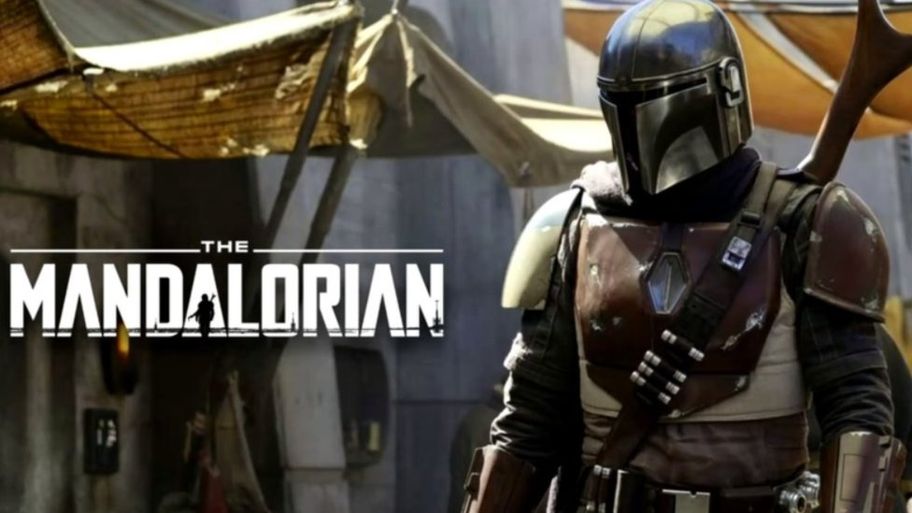By Ani Bundel
San Diego Comic-Con is often referred to as the granddaddy of comic book conventions, but success begets imitation. This year is notable for those who aren’t attending, like DC Films, and Star Wars, both of whom have their spinoff single-subject conventions. But that doesn’t mean the weekend is Star Wars free; there are simply too many nerds in the fandom to go without. The Mandalorian, being the biggest Lucasfilm hit on the small screen to date, was an obvious choice to focus on at SDCC by the creators of the podcast Fascinating Gadgets, Gizmos, and Gear-Based Technologies.
Hosted by podcast producer Daniel J. Glenn, the panel included Dr. Michael Dennin for Star Wars Tech, and bioengineer and former rocket-scientist Ben Siepser. As fans of both Westerns and Sci-Fi, the panelists sincerely enjoyed the way the show blended them. (Dennin praised the slowness of the early episodes, making him one of the few I’ve heard say so.) But all three agreed the technology was vital to giving the show such a lived-in feel.
Top of the list was the tracking fob, which so many of the bounty hunters carried in trying to trace Baby Yoda’s location. Dennin said the challenge is that the bounty, in this case, is biological and not chipped. Biology doesn’t project anything across space, so it’s a long-distance challenge. Siepser noted that Star Trek had a race who put up a quarter galaxy-sized sensor net. Privacy issues aside, all three agree something like that might be exactly what the Empire would use to trace the population, and the Bounty Hunter’s Guild has a way of tapping into it.
Then there’s the transportation method of choice: encasing one’s bounty in Carbonite. As Glenn noted, in Return of the Jedi, the technique is considered experimental, no one was sure if Han would survive the process, and there was grumbling that damage could lower the value. But barely a decade on, Mando has an entire pack of them. As Dennin pointed out, this is the most effective and safe restraining technique in the Star Wars universe. So far, it’s the only one we’ve not seen anyone break out of, so the method hit mainstream popularity isn’t surprising. As for how to freeze people without expanding their cells from the ice, Siepser pointed out one has to freeze it to a very cold temp very fast, like liquid nitrogen, so one should consider this the flash freezing of humanoid peoples.
The series focused on several other aspects of the show’s technology, like the Ambam Sniper Rifle, the Magnetic Bomb, and (of course) fan favorites like the jetpack technology, the mini-rockets, and the flamethrower. But the piece on the Beskar Armor, which is such a significant part of the Mandalorian religion, was a particular highlight. Much like gold, it has an intrinsic scientific value along with a monetary one. It also has the right properties to deflect blaster shots and lightsabers, as Dennin pointed out, so they reflect off the suit instead of cutting through it. But as Siepser observed, when Beskar is damaged, one can see electrodes underneath the metal plates, which suggests there is a way to amplify the metal’s natural properties to make it so tough to penetrate.
The Mandalorian Season 2 is currently slated to arrive on Disney+ in October of 2020. Fans can’t wait to see what new gadgets it introduces in the next round of episodes.
Miss any of our other SDCC 2020 coverage? Click here for much more!













